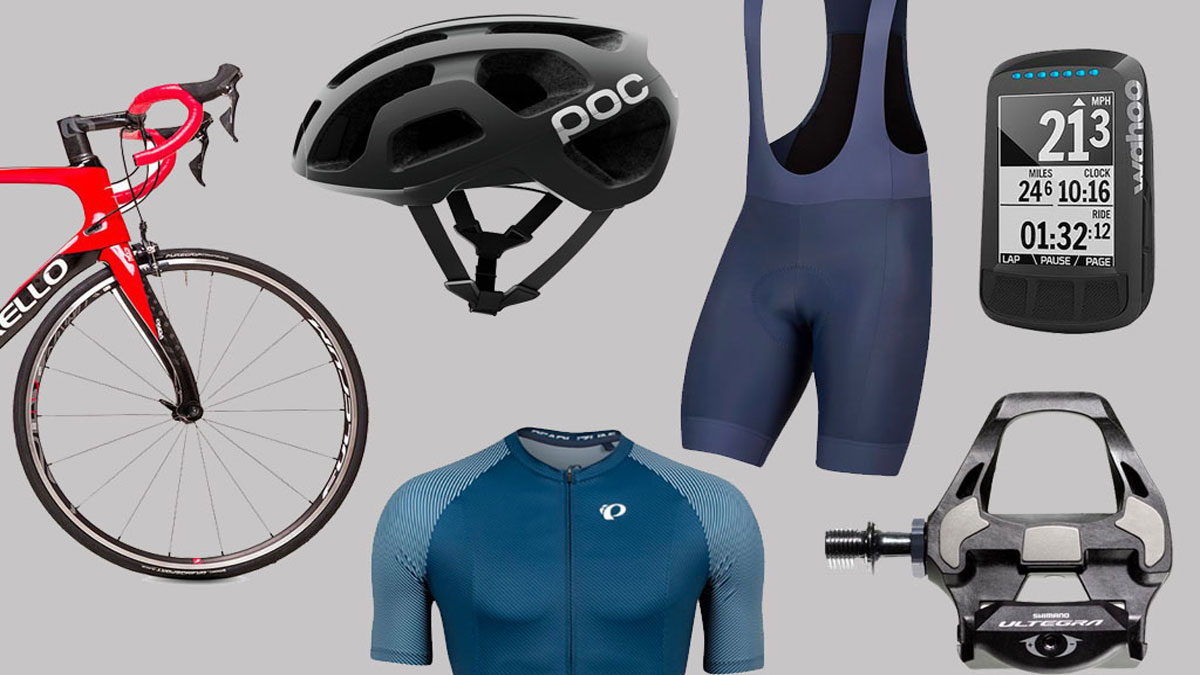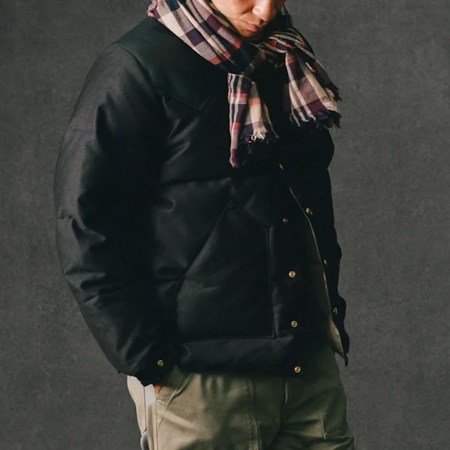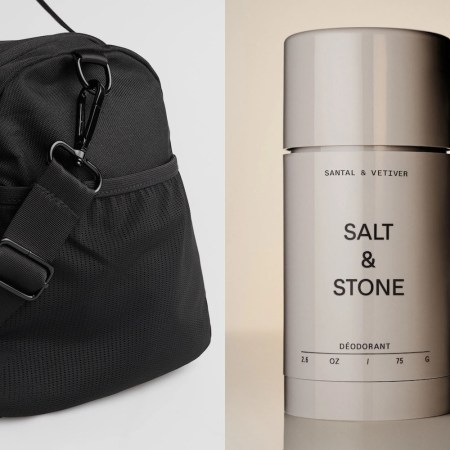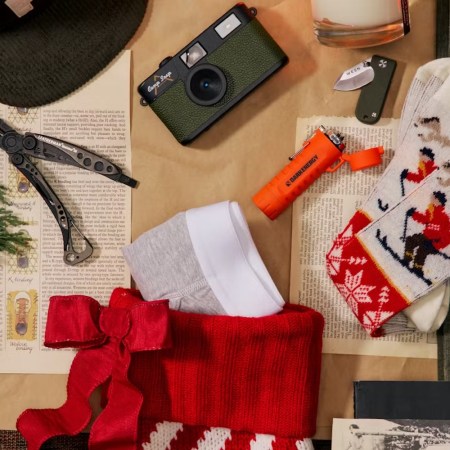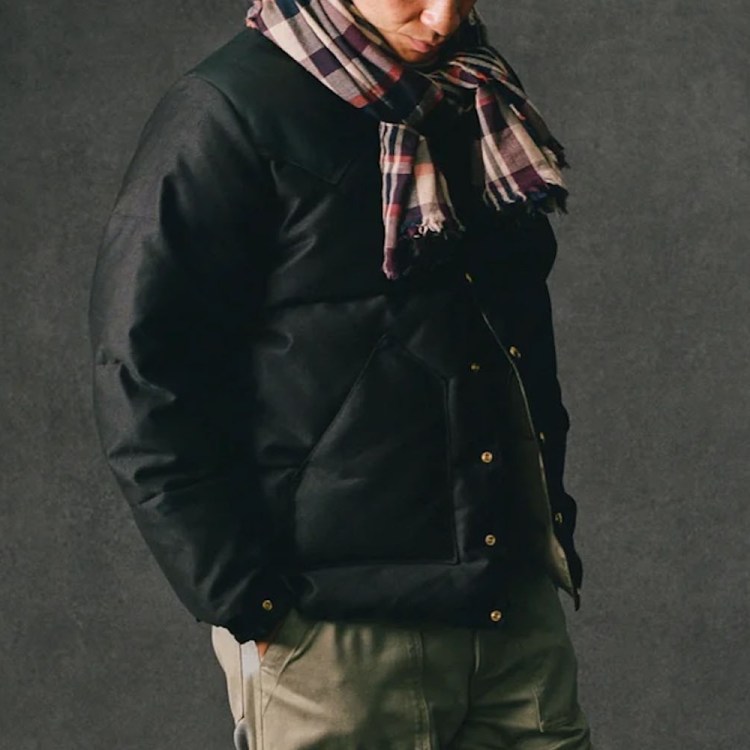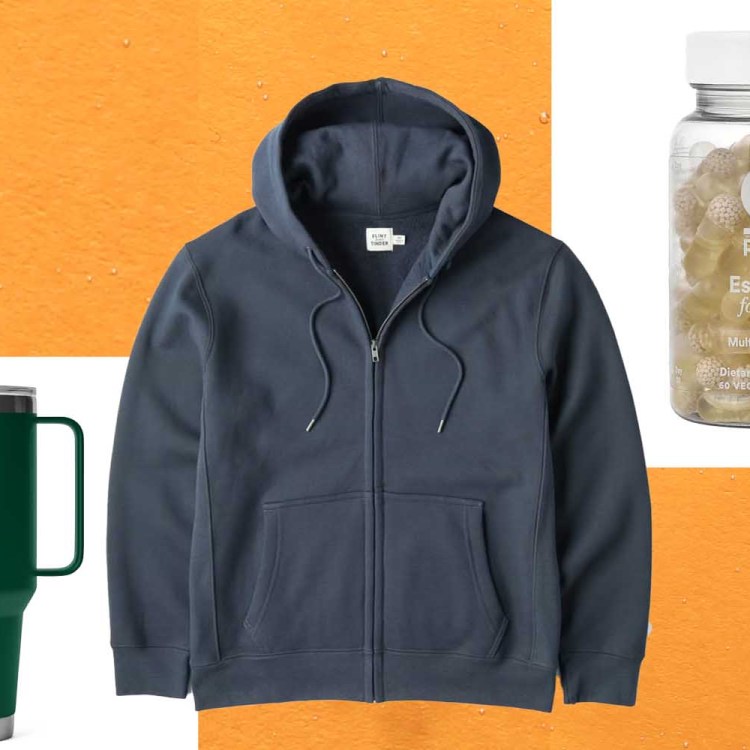Road riding is appealing because it’s so accessible—most people have pavement right out their front door. Also, road bikes aren’t usually as complicated as their dirt brethren. With gyms and parks closed due to Covid-19, now is a great time to give road biking a try.
Here are my suggestions for what to buy if you want to get out pedaling.
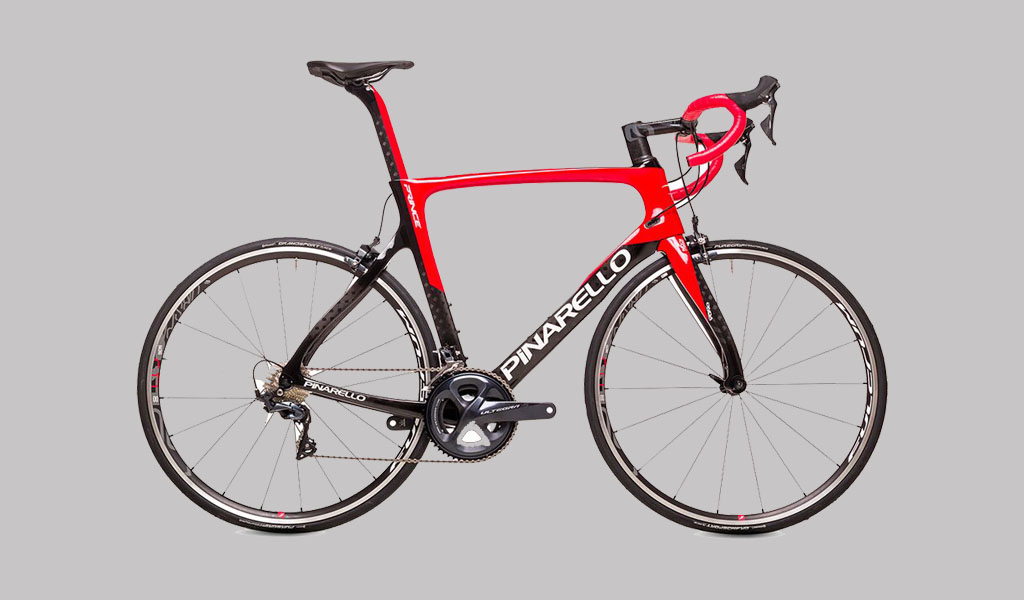
Bike
The Prince shares much of the same geometry and design elements of Pinarello’s higher-end Dogma line at about half the price, making it perfect for more entry-level riders. It’s got an aerodynamic and lightweight carbon frame and top of the line Ultegra components. Just make sure you check out the size chart before buying.
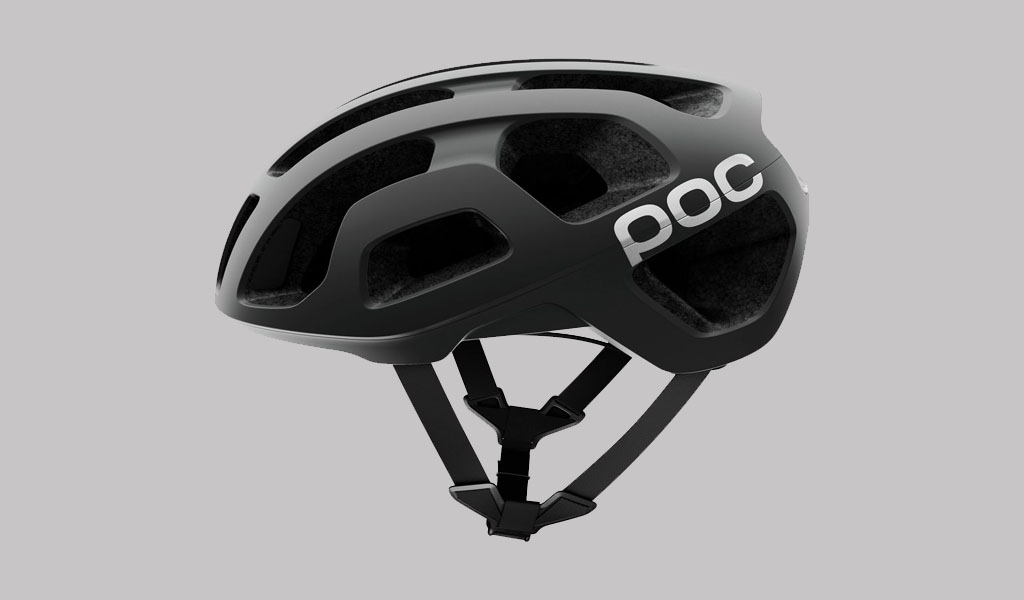
Helmet
Blending superior ventilation with optimal aerodynamic performance, POC’s Ventral Air Spin is comfortable on everyday rides but can certainly hang with the big dogs if you ever want to give racing a shot. Factor in the advanced crash protection and a high-performance EPS foam liner and this may be the last helmet you ever need to buy.
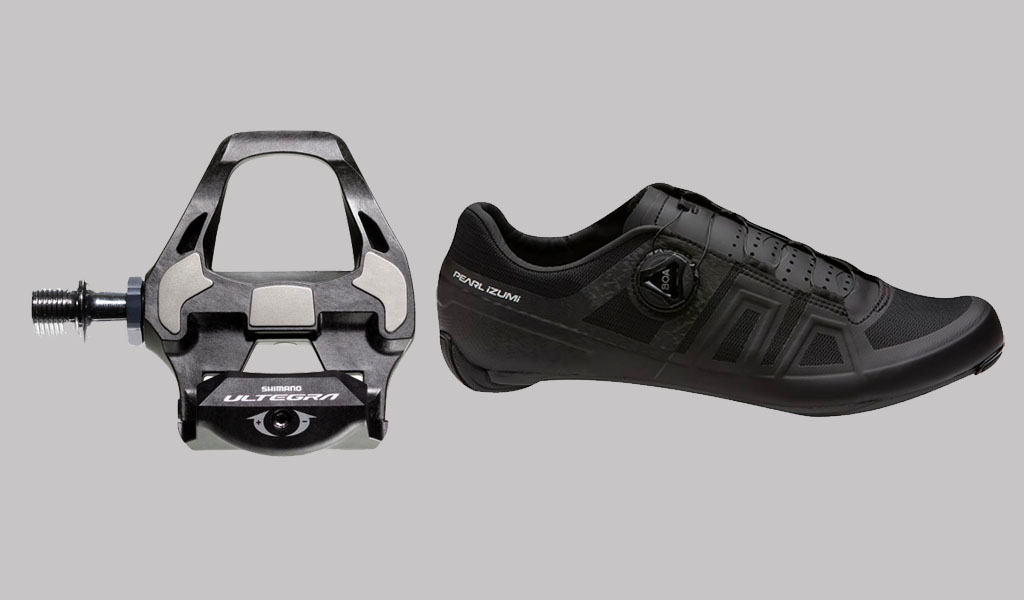
Shoes and Pedals
You might get away with flat pedals and street shoes for a little while, but for any appreciable saddle time, you’re going to want clipless pedals and shoes. The nearly pro-level Shimano PD-R8000 pedal uses a tried-and-true clipping mechanism, and adjustable tension makes it possible to lighten up the pressure while you learn. Pearl Izumi’s Attack road shoe features a seamless upper and a single Boas adjustment system. The carbon fiber-reinforced composite sole interfaces perfectly with the pedals and provides enough stiffness for efficient pedaling without the torture-board feel of a full racing model.
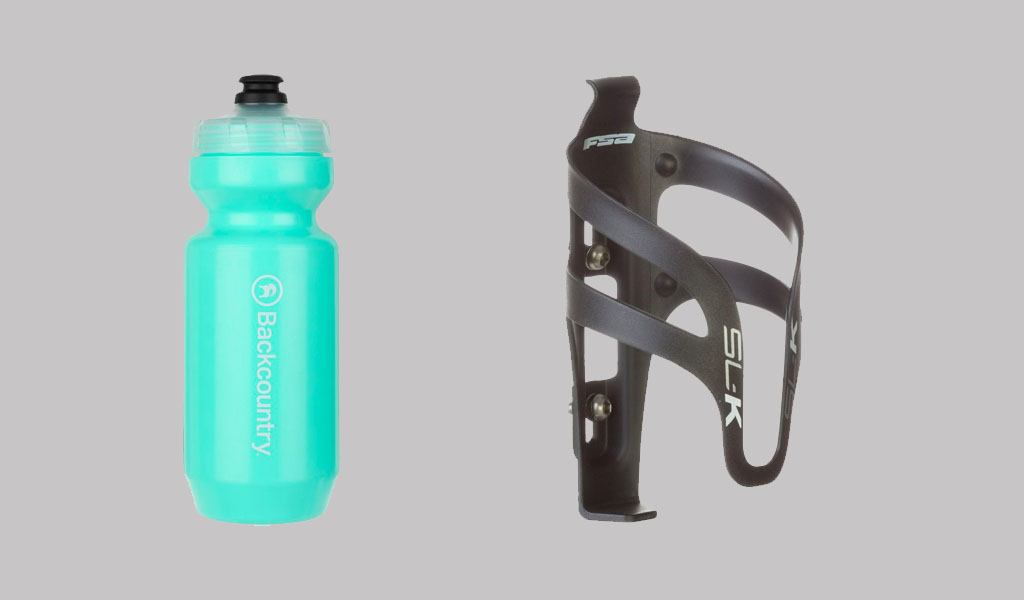
Hydration
Most higher-end road bikes won’t come with an include bottle cage so you have to buy your own. Grab one like the FSA SL-K and pair with a Specialized water bottle. One bottle should be fine for any ride under 25 miles but if you plan on going longer than that, get two cages and bottles.
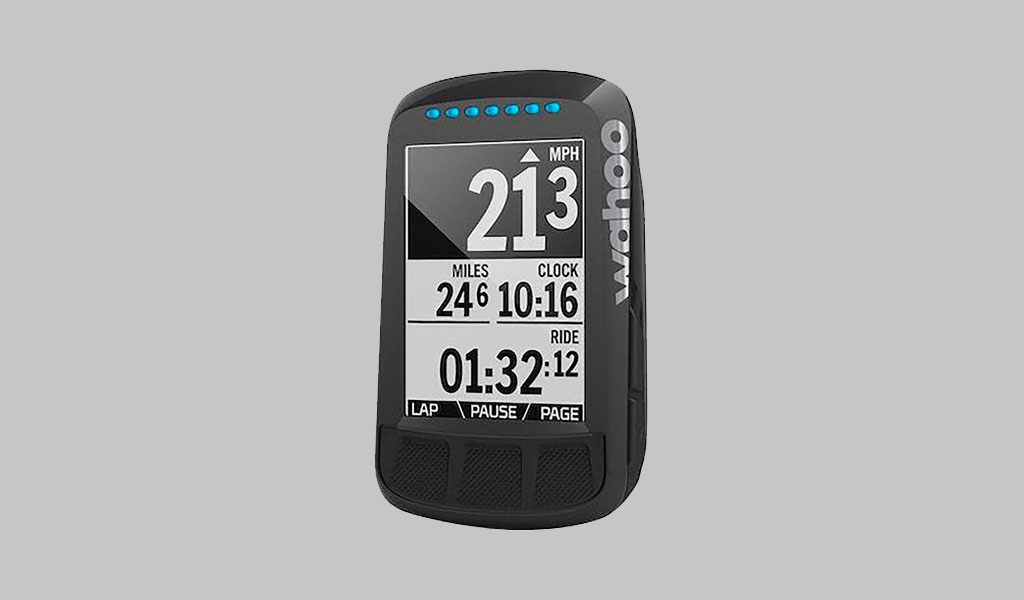
Computer
Smartphones can record metrics and trace a route via GPS, but they look awful strapped to your bars and become a huge liability if you crash. I recommend a dedicated bike computer like the Wahoo ELEMNT Bolt, which captures all the pertinent metrics (time, speed, distance, etc.) and provides bread-crumb tracking so you can load routes onto the device and then follow them in the field.
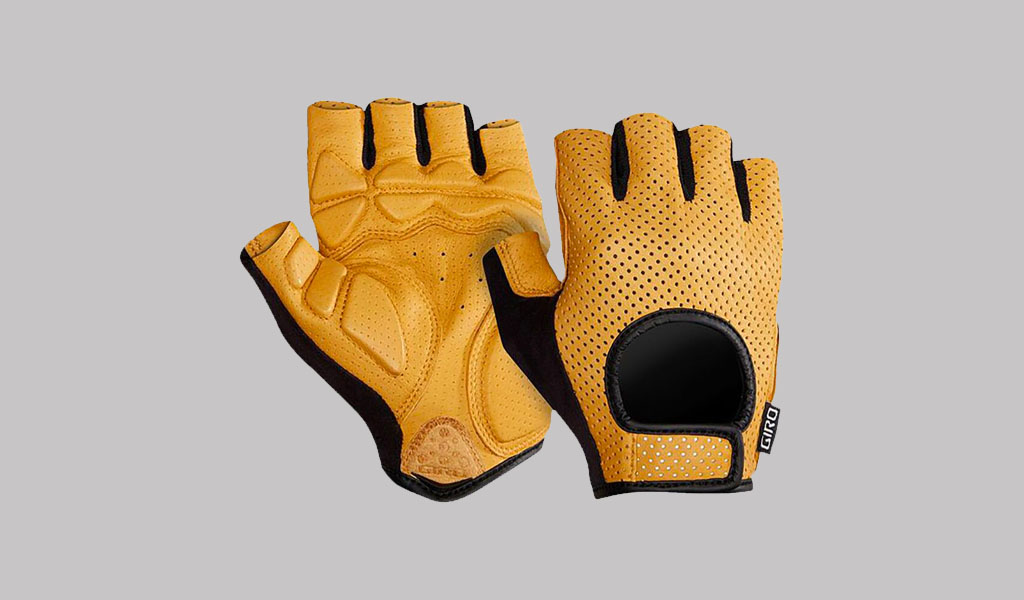
Gloves
Gloves aren’t crucial, but they will make your ride more comfortable, especially if you’re on rougher terrain. I like the Giro LX gloves, which have a classic look but also allow plenty of airflow thanks to the perforated upper. The sheepskin leather is buttery soft on the hands and gel inserts in the palms dampen road chatter.
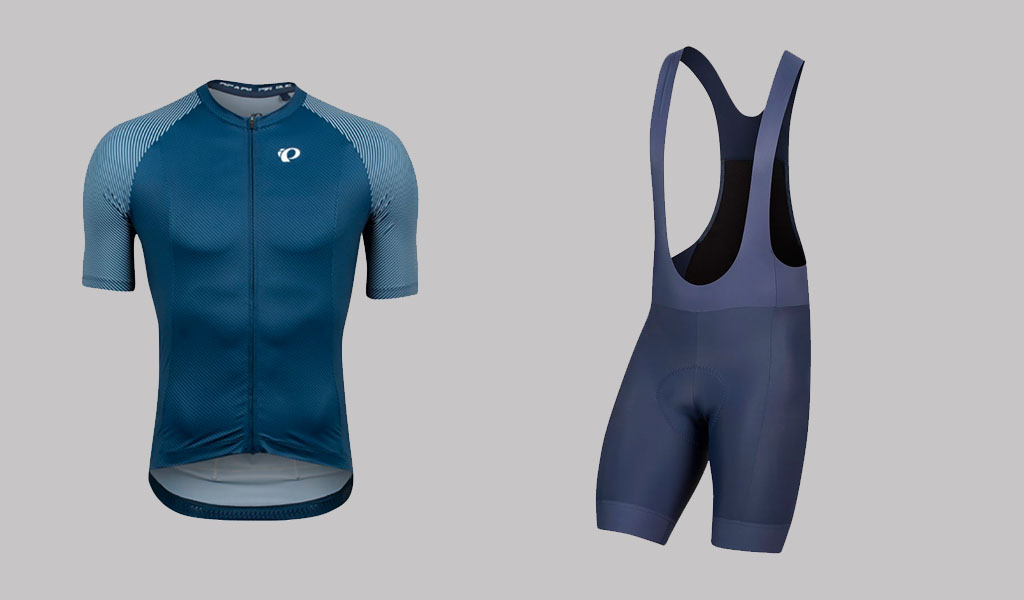
Jersey and Bibs
Road riding can feel static and repetitive, so a quality pair of padded shorts like the Pearl iZumi Interval bibs will make things more comfortable. The flat seams on these shorts prevent hot spots and chafing, and the padded liner is both supportive and cushy. Pair it with a jersey like the Interval jersey and you’ll be good to go.
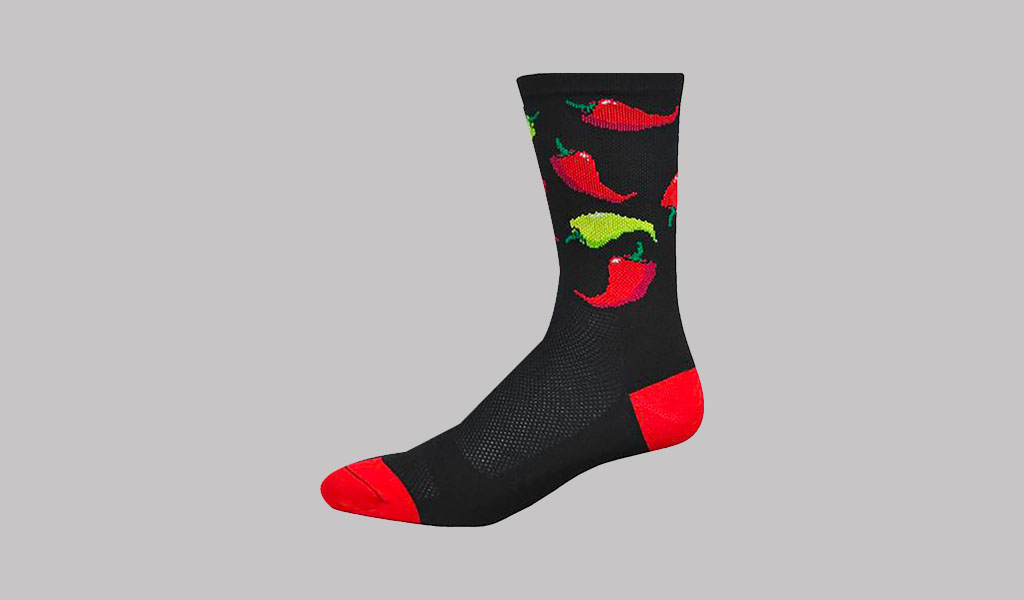
Socks
Road cyclists can be a pretentious group, and one thing you’ll quickly learn is that you need dedicated cycling socks. Ideally, ones that come up to mid-calf. DeFeet makes some of my favorites, mostly because of their fun colors.
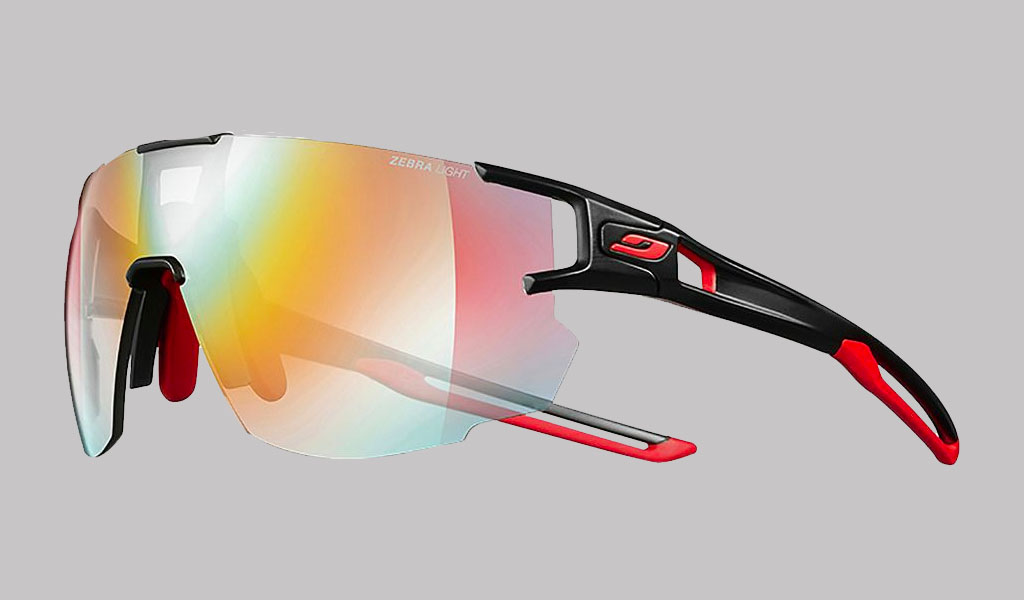
Sunglasses
It’s important to keep a clear field of vision when you’re cruising down the road at 20 miles per hour. A good pair of sunglasses will not only make you look cool, they’ll also block stray bugs and loose gravel that can get spun up by your tires. My go-to for road riding is the Julbo Aerospeed, which has huge, frameless lenses and rubber sweat-blocking rubber tips on the nose piece and frames.
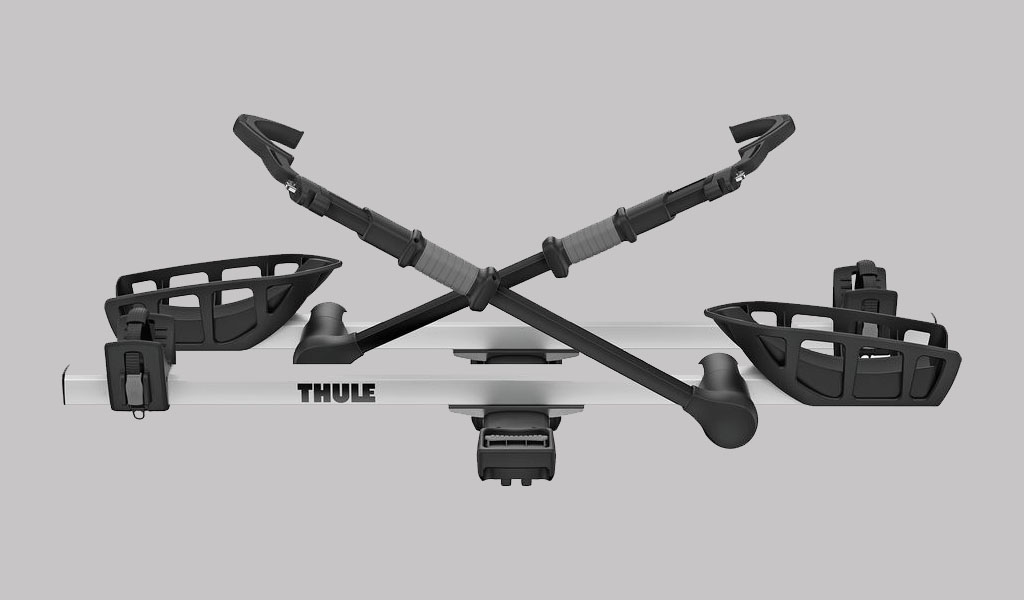
Car Rack
This one is unnecessary if you’re always going to bike from home. But, if you do plan on driving a few miles out of the city to ride don’t just shove your bike in your trunk—invest in a bike rack. I highly recommend one that doesn’t require removing your front wheel. The best option is a hitch rack like the Thule T2 Pro XT, which is the most secure and easiest to use. If you’re looking for something slightly more inexpensive, go with a roof rack like the RockyMounts Switch Hitter LS.
This article appeared in an InsideHook newsletter. Sign up for free to get more on travel, wellness, style, drinking, and culture.
